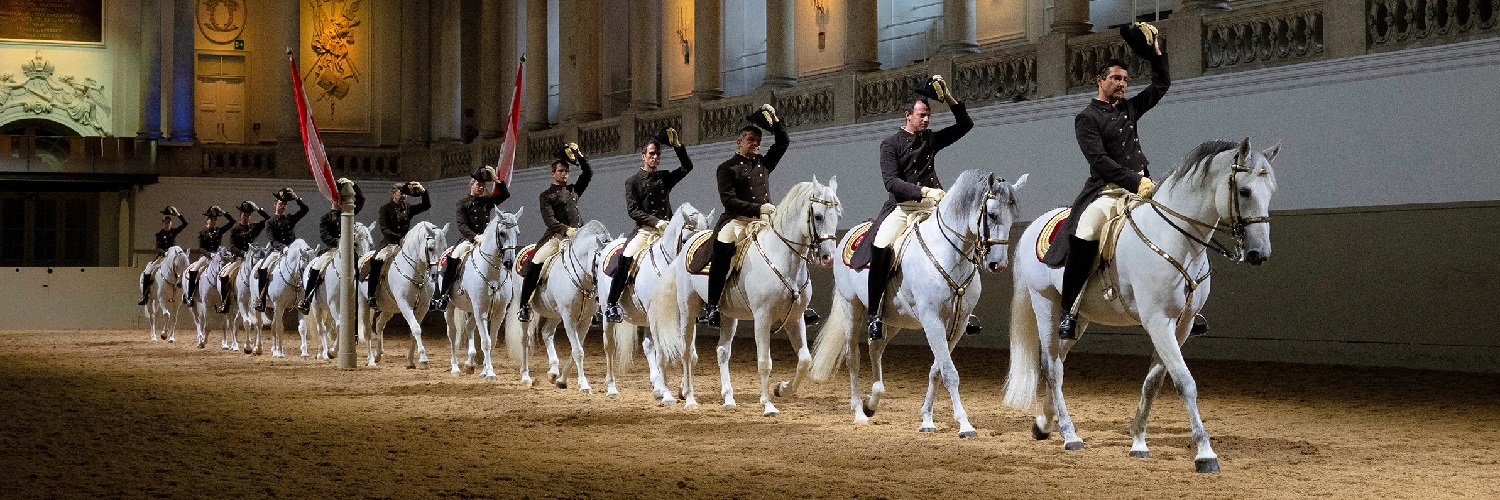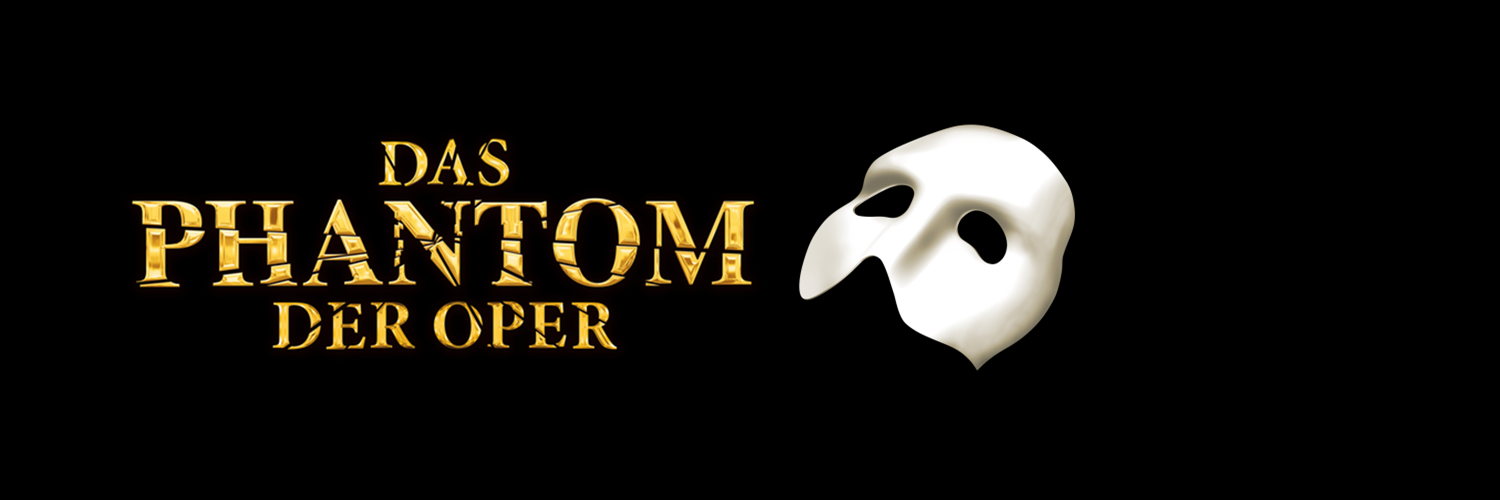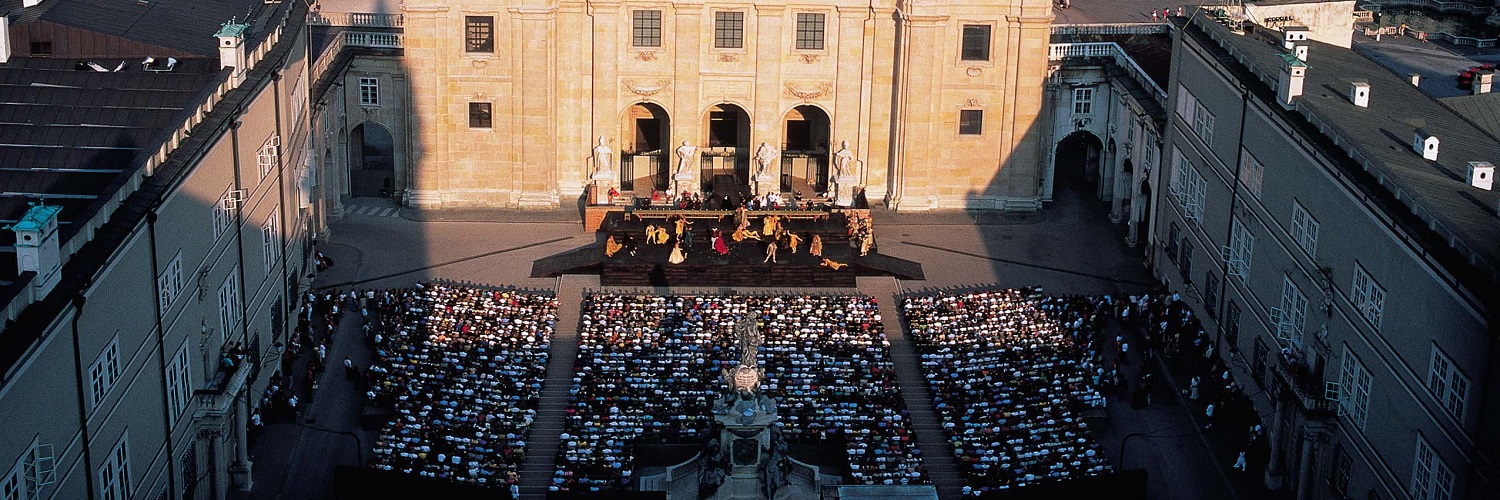ORF Radio-Symphonieorchester Wien / Meister «Mahler: Symphonie Nr. 3» - Schedule, Program & Tickets
ORF Radio-Symphonieorchester Wien / Meister «Mahler: Symphonie Nr. 3»
PERFORMERS
ORF Radio-Symphonieorchester Wien
Damen der Wiener Singakademie, Chor
Wiener Sängerknaben, Chor
Alice Coote, Mezzosopran
Cornelius Meister, Dirigent
PROGRAM
Beat Furrer
Nero su Nero (UA)
Kompositionsauftrag des ORF Radio-Symphonieorchesters Wien, der Philharmonie Essen und der Philharmonie Luxembourg & Orchestre Philharmonique du Luxembourg
Gustav Mahler
Symphonie Nr. 3 d-moll für großes Orchester, Altsolo, Knabenchor und Frauenchor (1893-1896).
Mahler's miracle horn
That his symphonics, regardless of dimensions, complexity and - yes! - even the brokenness of this music, in the simple (folk) song wurzle, is a commonplace of the Mahler exegesis, and however clichéd this view may be, it proves to be so convincing if we look at the genesis stories above all In the first four symphonies, the first symphonic composer, who at the beginning of 1888 brings Mahler's unmistakable tone "in one fell swoop" (the composer to his friend Fritz Löhr), quotes in central passages the "Songs of a Wayfarer" whose texts Mahler quotes under the impression of the folk song anthology "Des Knaben Wunderhorn", published in three volumes between 1805 and 1808, had itself composed. And this collection, compiled by Achim von Arnim and Clemens Brentano (more atmospheric than philological criteria), became the sole text source for all the songs Mahler wrote until 1901. "Wunderhorn" settings also found their way into the second symphony, completed in 1894, and into the third symphony completed two years later - be it as a direct integration of songs such as "Urlicht" and "Drei Engel" (formally as Pänultima) as an instrumental quotation, as in the case of the scherzos of both symphonies, which pick up the songs "Des Antonius of Padua's Sermon on the Fish" and "Replacement in the Summer". The song "The Heavenly Life", which was written at the beginning of 1892, eventually became the basis for the fourth symphony, composed only in 1899/1900. Mahler wrote the whole work with a view to turning this long-existing song into a symphonic finale, extending over three long sentences Preparation he pretended later.
ORF Radio-Symphonieorchester Wien
Damen der Wiener Singakademie, Chor
Wiener Sängerknaben, Chor
Alice Coote, Mezzosopran
Cornelius Meister, Dirigent
PROGRAM
Beat Furrer
Nero su Nero (UA)
Kompositionsauftrag des ORF Radio-Symphonieorchesters Wien, der Philharmonie Essen und der Philharmonie Luxembourg & Orchestre Philharmonique du Luxembourg
Gustav Mahler
Symphonie Nr. 3 d-moll für großes Orchester, Altsolo, Knabenchor und Frauenchor (1893-1896).
Mahler's miracle horn
That his symphonics, regardless of dimensions, complexity and - yes! - even the brokenness of this music, in the simple (folk) song wurzle, is a commonplace of the Mahler exegesis, and however clichéd this view may be, it proves to be so convincing if we look at the genesis stories above all In the first four symphonies, the first symphonic composer, who at the beginning of 1888 brings Mahler's unmistakable tone "in one fell swoop" (the composer to his friend Fritz Löhr), quotes in central passages the "Songs of a Wayfarer" whose texts Mahler quotes under the impression of the folk song anthology "Des Knaben Wunderhorn", published in three volumes between 1805 and 1808, had itself composed. And this collection, compiled by Achim von Arnim and Clemens Brentano (more atmospheric than philological criteria), became the sole text source for all the songs Mahler wrote until 1901. "Wunderhorn" settings also found their way into the second symphony, completed in 1894, and into the third symphony completed two years later - be it as a direct integration of songs such as "Urlicht" and "Drei Engel" (formally as Pänultima) as an instrumental quotation, as in the case of the scherzos of both symphonies, which pick up the songs "Des Antonius of Padua's Sermon on the Fish" and "Replacement in the Summer". The song "The Heavenly Life", which was written at the beginning of 1892, eventually became the basis for the fourth symphony, composed only in 1899/1900. Mahler wrote the whole work with a view to turning this long-existing song into a symphonic finale, extending over three long sentences Preparation he pretended later.
There are no products matching the selection.







